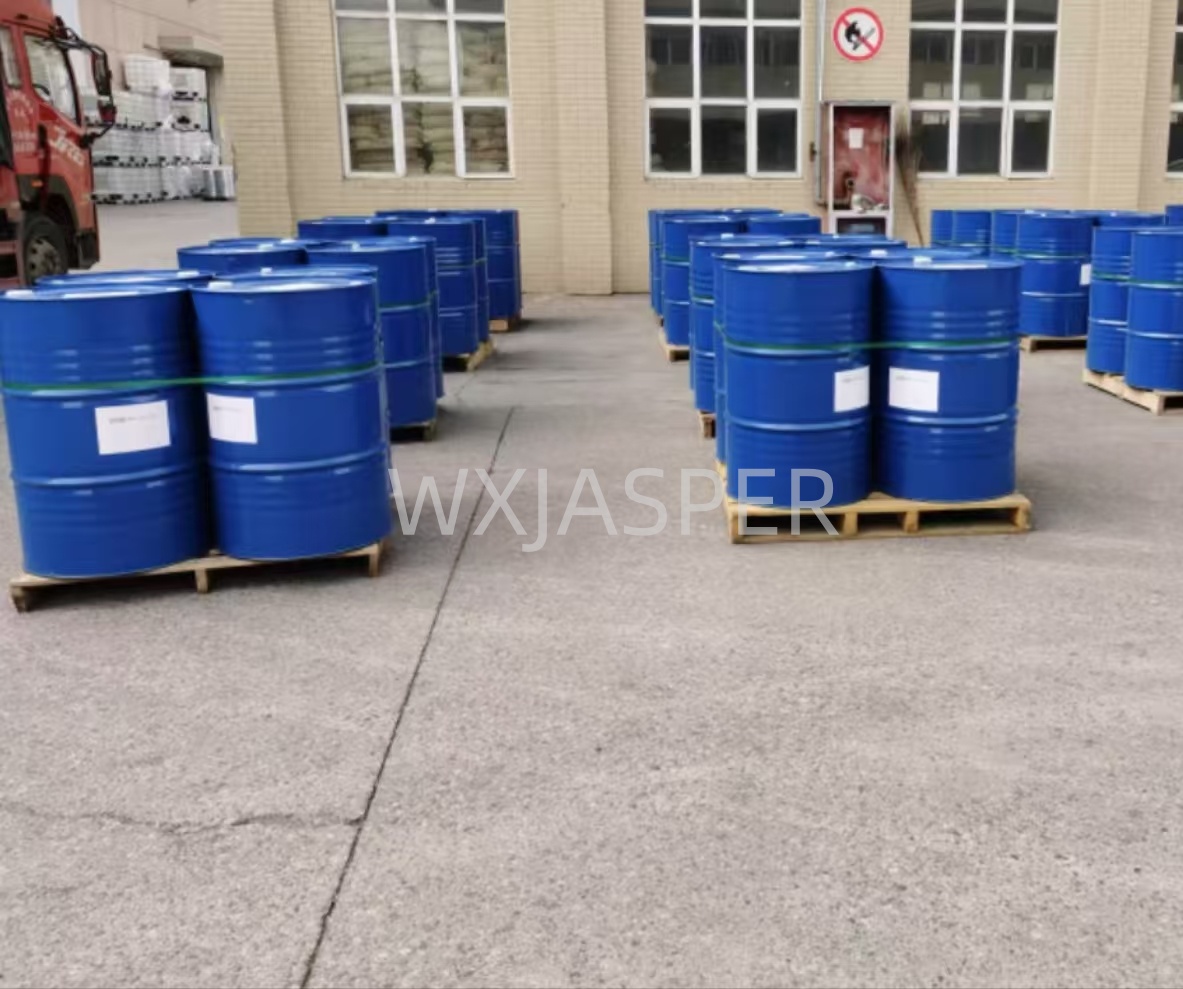


CasNo: 64742-46-7
Appearance: liquid
Delivery Time: 15 days
Packing: 25kg/drum
Purity: 99%
Appearance and Physical Properties:Typically a pale yellow to light amber transparent liquid with no irritating odor. At 20°C, its density is approximately 1.03 - 1.13 g/cm³, and its flash point exceeds 60°C, resulting in low fire risk and high safety during storage and transportation. It exhibits excellent compatibility with solvent-based coating systems (especially two-component polyurethane systems) and pigment concentrates, enabling rapid and uniform dispersion without stratification, flocculation, or turbidity, and does not affect the final appearance of coatings.
Core Functions
Main Application Scenarios
Applicable Systems: Two-component polyurethane coating systems (hydroxyl acrylic resin, polyester resin combined with isocyanate curing agents), solvent-based pigment concentrates for wood coatings (with polyurethane resin or acrylic resin as carriers).
Recommended Dosage:Calculated based on the "total amount of carbon black/organic pigments" in the formula, the conventional addition level is 2% - 5% (added directly as purchased). For high-pigment carbon black or ultra-fine organic pigments, the dosage can be appropriately increased to 5% - 7% to ensure sufficient deflocculation and stabilization.
Usage Methods: